Insect larvae, earthworms and polychaetes gaining interest
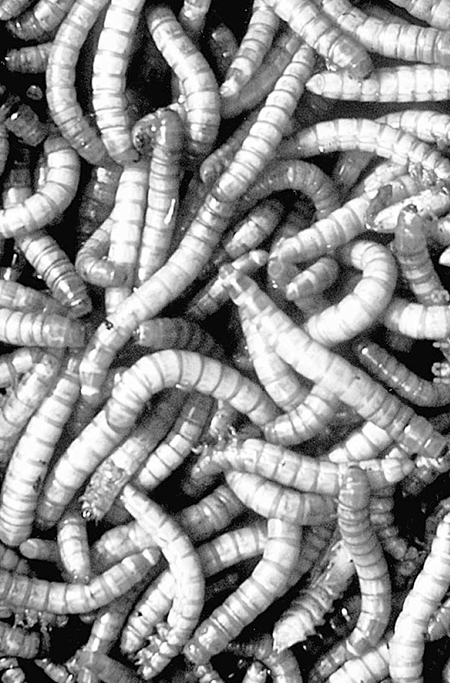
There is an ongoing search for alternative protein sources for use in aquaculture feeds. Protein is the most expensive component in aquafeeds, and it is used in relatively large quantities because of the high protein requirement of most cultured aquatic species. Much of the protein in commercial aquafeeds is currently being supplied by fishmeal. However, fishmeal is a finite fishery resource, and the search for novel and renewable sources of protein is crucial for the continued expansion of the aquaculture industry.
The use of worms, such as insect larvae, terrestrial earthworms and aquatic oligochaetes, in fish and shrimp rearing has generated considerable interest. These worms can be used as live food, or dried and ground into powder for use in pelleted diets. Research into the use of various types of worms, both as a complete feed or protein supplement, has favorably pointed to their potential for use in aquaculture.
Amino acid profiles
Several researchers have pointed out the well-balanced amino acid profile of various worm meals, which makes them excellent alternative sources of animal protein to fishmeal in commercial feeds. Table 1 shows the high protein content generally found in worms and insect larvae. Worms, whether as live feed or as a meal, are also reported to be highly palatable to aquatic animals. The excellent amino acid composition and palatability of wormbased proteins makes them superior over most plant-based proteins, which are usually deficient in sulfur amino acids, sometimes unpalatable to the farmed animal, and usually composed of anti-nutritional factors.
In a recent study conducted in our laboratory, dried mealworm (Tenebrio molitor) larvae (Fig. 1) were evaluated as a replacement for fishmeal in African catfish feeds, at graded concentrations of 20 to 100 percent dietary protein. The worm meal was found to be highly palatable to the African catfish, and good growth performance and feed utilization efficiency were observed, even in catfish fed diets with up to 80 percent replacement of the fishmeal. Similar high incorporation rates of worm meals in formulated diets have been reported for other fish species using meals obtained from earthworms and silkworm pupae.
Ng, Proximate Composition of Various Worms, Table 1
| Species | Protein | Lipid | Ash | Nitrogen-Free Extract |
|---|
Species | Protein | Lipid | Ash | Nitrogen-Free Extract |
|---|---|---|---|---|
| Earthworms (eg. Eisenia foetida) | 59 | 9 | 17 | 15 |
| Tubificid worms (eg. Tubifex tubifex | 65 | 14 | 15 | – |
| Mealworm larvae (eg. Tenebrio molitor) | 58 | 29 | 4 | 2 |
| Bloodworms (chironomid larvae) | 51 | 12 | 13 | 18 |
| Silkworm pupae (eg. Bombayx mori) | 72 | 19 | 3 | 5 |
Table 1. Proximate Composition of Various Worms (% dry weight basis)*
Lipids
Other than protein, the lipid content of some worms may also have high nutritive value. Bloodworms have been successfully used as a feed source to induce maturation in the cultured shrimp Penaeus vannamei. It has been suggested that certain polyunsaturated fatty acids in bloodworms may help trigger maturation in shrimp raised under captivity. Needless to say, much research still remains to be done in evaluating various worms as a source of dietary lipids, vitamins and minerals for use in aquaculture.
Live oligochaete worms
Worms such as tubificids (e.g., Tubifex tubifex) are essential for the mass propagation of some larval fish species, especially when their dietary nutrient requirements are mostly unknown or where the use of formulated dry diets has been unsuccessful. Strictly carnivorous fish larvae have been known to refuse artificial feed, and high mortality rates have been reported when artificial diets were used. For example, the current practice in the culture of the Chinese sturgeon up to a 3-gram size is entirely dependent upon the use of live tubificid worms as the sole food.
The importance of using live aquatic oligochaetes, such as tubificid worms, in the culture of small-size fish and the fry of carnivorous fish, has been reported by many researchers, aquarium enthusiasts and hatchery operators. Larvae of the catfish (Pangasius bocourti) have been reported to perform equally well when fed Tubifex worms, compared to fish larvae fed with much more expensive artemia nauplii.
Worms and waste management
The use of worms in waste management has also received considerable interest. Many types of worms have the ability to utilize waste products such as animal manure, domestic sewage and agricultural wastes, and convert the waste nutrients into a highly-palatable, nutrient-rich protein source. Worm-based proteins can therefore be a highly environmental friendly and renewable bioresource with high market potential. The development of suitable media using waste materials for the culture of tubificids, earthworms and bloodworms has been the subject of many research studies.
We have recently experimented on the use of palm oil mill effluents and byproducts from the local agricultural industry in the culture of mealworms. Depending on the waste substrate used for the cultivation of worms, it may be necessary to develop treatment processes to remove or inactivate possible substrate contaminants and accumulated toxins prior to animal feeding. Further research is clearly warranted to ensure that the worm proteins produced are safe for animal consumption and do not introduce diseases into the aquaculture system.
Conclusion
At present, the use of worms as a feed source for cultured aquatic animals is still mostly experimental. Worms have much potential as a product of high nutritional value and as agents in recycling waste products. With the escalating costs of conventional protein sources, such as fishmeal and soybean meal, it will only be a matter of time before the economic advantages of producing worms as a cheap source of protein becomes apparent to many aquaculturists and feed producers.
(Editor’s Note: This article was originally published in the June 2000 print edition of the Global Aquaculture Advocate.)
Now that you've reached the end of the article ...
… please consider supporting GSA’s mission to advance responsible seafood practices through education, advocacy and third-party assurances. The Advocate aims to document the evolution of responsible seafood practices and share the expansive knowledge of our vast network of contributors.
By becoming a Global Seafood Alliance member, you’re ensuring that all of the pre-competitive work we do through member benefits, resources and events can continue. Individual membership costs just $50 a year.
Not a GSA member? Join us.
Author
-
Wing-Keong Ng, Ph.D.
School of Biological Sciences
Universiti Sains Malaysia
Penang 11800, Malaysia
Tagged With
Related Posts
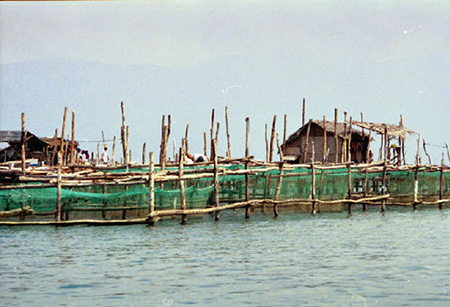
Aquafeeds
CSIRO studies dry feeds for juvenile spiny lobsters
The Commonwealth Scientific and Industrial Research Organisation has researched pelleted dry feeds are palatable to juvenile tropical spiny lobsters.
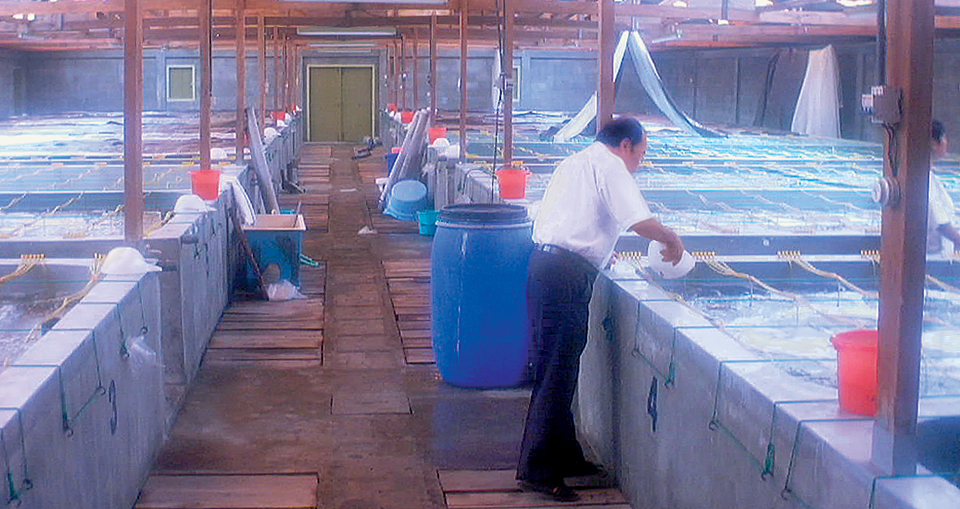
Health & Welfare
Penaeus vannamei seedstock production
The dramatic transformation of the shrimp sector in Asia was fueled by the switch from monodon shrimp to P. vannamei seedstock from Hawaii.
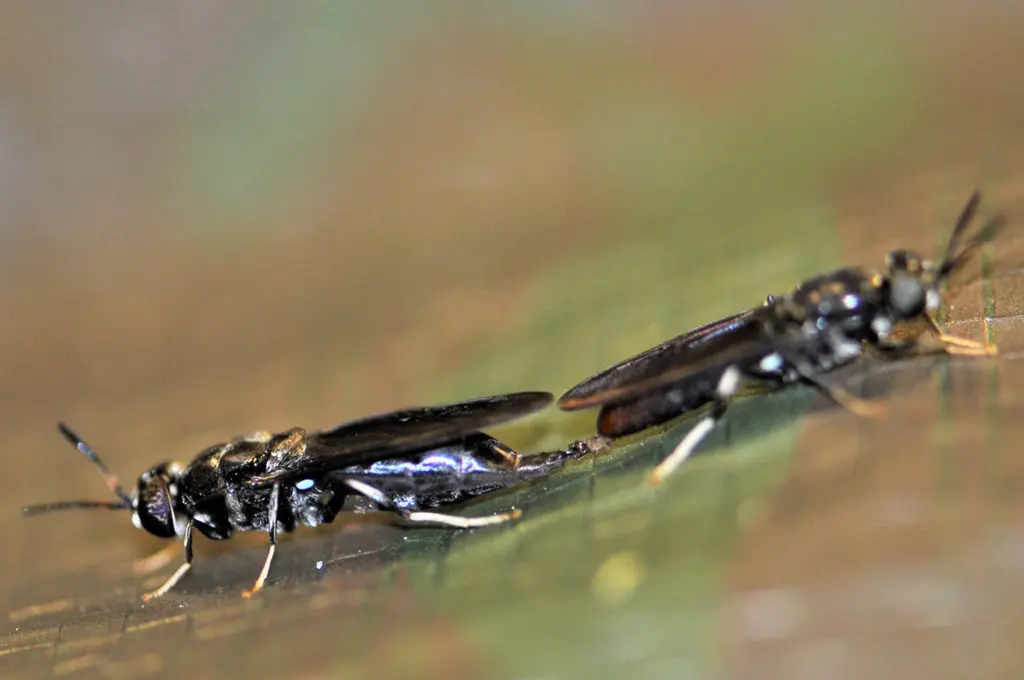
Aquafeeds
Black soldier fly larval production in a stacked production system
Study describes development and evaluation of an “all-in-one” stacked system for indoor production of black soldier fly larvae.
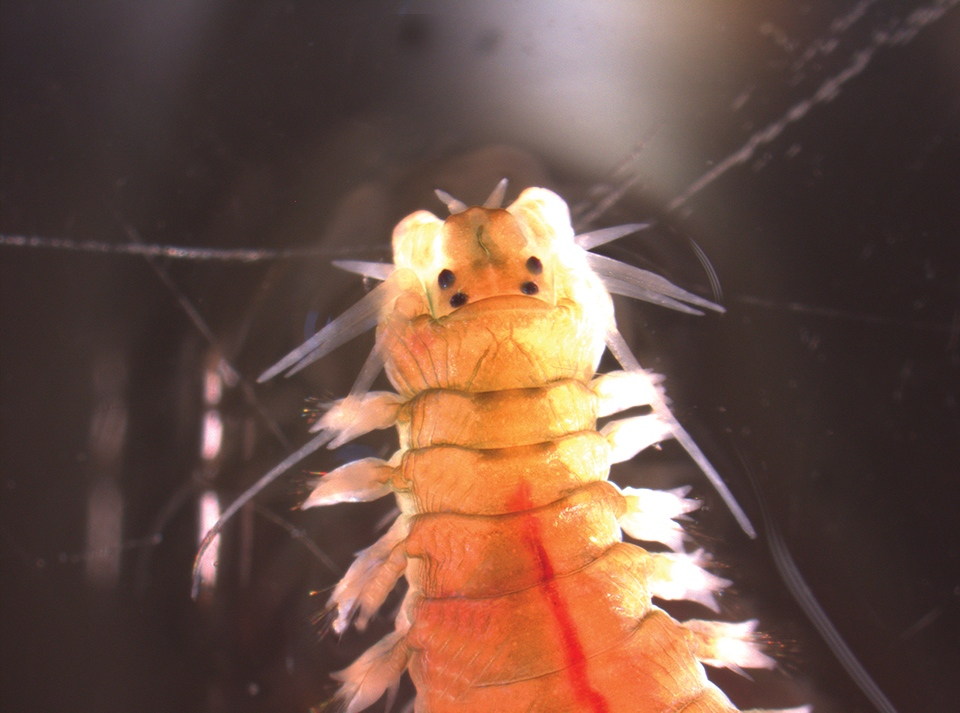
Aquafeeds
Polychaete worms reduce waste, provide food in aquaculture
Adaptable and diverse, polychaetes can adapt their feeding behaviors to environmental conditions. Nereis diversicolor, a marine polychaete that can tolerate wide temperature and salinity ranges, is a good candidate for RAS enhancement.


